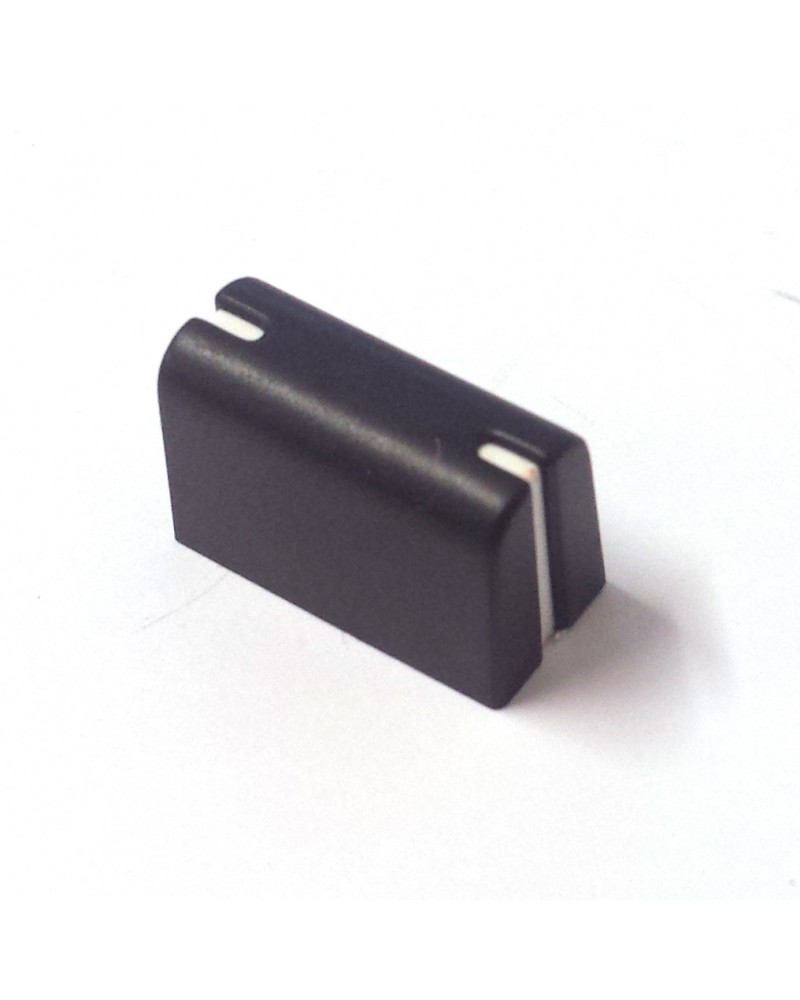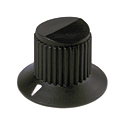"Then you could combine almost dry cellos with "wet" strings. Even for wacky phaser and flanger effects would offer a separate decrease. Unfortunately, it is not. As a real chorus fetishist, I like to use the boss chorus CE1, which has the charm that the chorus pulls the signal into the stereo width. And of course, the Yamaha SS-30 sound also blends in beautifully with a nice phaser like the Electro Harmonix Small Stone or MXR-100. But you can also experiment with flangers and Leslie effects. And a good reverb is of course mandatory."
How can I do that? Easily, actually.
Butcher's Blocks
Sometimes a modification requires a certain amount to of butchery - removing and replacing parts and so forth. Other jobs are a simple matter of adding a wire.Below is a section of the SS-30 block diagram.

All the outputs from the G boards are mixed together in the first block. These sub-circuits are call 'Mixing Amp and Filter' and produce Violin, Viola and Cello voices. These create the five voices available to select on the front panel switches.
The next block contains two 'Pre-amps' which actually just mix the five voices into Violin and Cello which are then set to the 'Brilliance'filter control.
The final block you can see here contains a pair of buffers, which are common-collector amplifiers. After the these buffers, the two voices are switched and mixed, without buffering, for the Orchestra effect.
In other words, after the buffers the two signals are combined and if I try and tap off individual outputs here they won't be, well, individual.
Buffer Zone
Therefore the ideal place to obtain the individual voices from is just after the Brilliance filter and before the buffers. The outputs will still be subject to the Brilliance setting and not mixed, which is perfect. And, because the signals go through the Brilliance controls there are already wires going back from these potentiometers and easy access to the signals.Which it are - line-level man!
What's less clear from the diagrams above is the voltage levels at each stage. For the individual outputs I need line-level audio, like the main output. But what is that level and what is line-level anyway?The SS-30 manual quotes the output level as:
OUTPUT . . . . . . . . . -20dB/600Ω
And here's the schematic of the output.
600 Ohm isn't a standard resistor rating so the circuit designers used the nearest - 560 Ohm.
Up-to the late seventies professional audio was based on telephone standards. 600 Ohm was the stated used for that equipment such that the output impedance (in-line with the signal) matched the input impedance (across, and in parallel with the input terminals). For transmission over long distances this was necessary but eventually this was abandoned for audio.
The units of measurement were for mW of power expressed in decibels as dBm. In this scheme 0dB is 1mW of pow err into a 600 Ohm load.
The SS-30's "-20db" will no doubt mean -20 dBm, which is 0.01mW into 600 Ohm. Again, that's useful for transmission over wires miles long, but just confusing for audio electronics, where the voltage is what matters. Still, they stuck with it for professional audio and made it even more confusing by using dBu. Electronic and communications engineers (like me) use dBu for mico-watts power (u being the greek letter mu, the prefix for micro) but audio engineers call dBu - decibels unloaded.
Here's what Wikipedia says:
"The decibel unloaded reference voltage, 0 dBu, is the AC voltage required to produce 1 mW of power across a 600 Ω impedance (approximately 0.7746 VRMS)."
Which is to say, it would be delivering 1mW into a 600 Ohm load, if you still had such an input. The voltage for 0dBu is 0.775VRMS though, no matter what the input load.
Taking the load off
When the 600 Ohm standard was dropped it was replaced by so called impedance bridging. In this scheme the input load impedance is much higher than the output impedance. This means the voltage is maintained whilst not sourcing so much current from the output. More current means more power but that's not what is needed.The higher impedance at the input reduces the current load carried from the output to such a degree that it is considered unloaded - hence dB unloaded, dBu.
So what is the voltage of the SS-30 output? Well as the wattage of -20dBm is 0.1mW, which is one tenth the reference wattage of 1mW the voltage is one tenth the refernce - 0.0775V RMS or 0.11 V peak and 0.22V peak to peak.
That seems low but the reference level is, well, it's a reference. It's based on a sine wave, not necessarily a good indication of the noises coming of a synth.
Wait, what was I talking about?
Individual outputs
The voices each have pre-amps before the buffers and the output level here is significantly higher than the main output.This is to be expected. Although there are amplification stages after this point, there is a fair bit of loss to make-up, so it needs to start at a much higher level.
When I measured the signals at this point with my scope I got something like 3 Vpp. i.e 1.5 Vpeak and 1V RMS. That's 2.73 dBu and to bring it in line with the main output it will need a fair bit of output impedance. If a typical line input impedance is 10KOhm then to reduce the level down to the same as the 0.11 V RMS of the main output I will need an output resistance of 10 times 10KOhm.
Well readers, I didn't think about any of that when I was trying this. No, I just tried a few resistors out until I got a level that sounded about the same as the man output. It was 100KOhm so it looks like my post-hoc analysis was right!
Just putting it out there.
Individual outputs are a cinch, so this modification in definitely in. When I was experimenting I also detected a difference in the sound. The tone was clearer, as you might expect, but the attack also seemed sharper. At least that's how it seemed. I'd like to test it again and make sure I wasn't fooling myself.Sources
https://en.wikipedia.org/wiki/Line_level
https://www.soundonsound.com/techniques/understanding-impedance
https://en.wikipedia.org/wiki/Impedance_bridging
https://www.soundonsound.com/forum/viewtopic.php?p=222528
























